How to Use そして (soshite) – “And Then” in Japanese
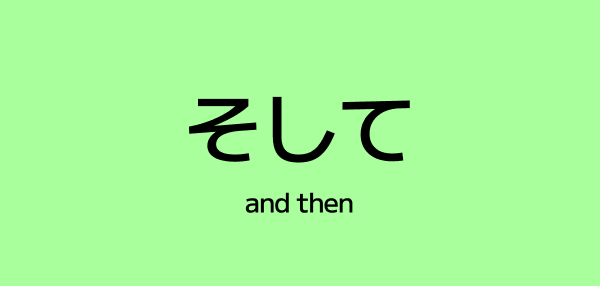
You’ve probably seenそして(soshite) pop up every once in a while. It’s one of the most basic Japanese conjunctions, but it plays a big role in conversation and writing.
In this short guide, you’ll learn:
- Whatそしてmeans and when to use it
- How it’s different from other “and”-type words likeそれからorそれに
- Easy practice so you can start using it right away
Let’s go 👉
What DoesそしてMean?
そして (soshite) means “and then” or simply “and”, especially when connecting two actions, sentences, or thoughts in order.
It's a kind of verbal glue between two statements:
- It adds information
- It shows progression or sequence
- It’s a bit formal or neutral (i.e. used in writing, narration, or polite speech)
🗣️ Real-Life Examples ofそして
Example 1: Sequence of Actions
ごはん を たべました。そして、テレビをみました。 Gohan wo tabemashita. Soshite, terebi wo mimashita. I ate dinner. And then, I watched TV.
Pretty obvious sequence here. First dinner, second TV.
Example 2: Adding Information
かれ は せんせい です。そして、さっかでもあります。 Kare wa sensei desu. Soshite, sakka demo arimasu. He’s a teacher. And also, he’s a writer.
Here,そしてadds something extra about the subject.
Example 3: Narration
むかしむかし、あるところ に おじいさん と おばあさん が いました。そして、ある日… Mukashi mukashi, aru tokoro ni ojiisan to obaasan ga imashita. Soshite, aru hi... Once upon a time, there lived an old man and an old woman. And then, one day...
This is one of those quintessential openers to a Japanese folktale. It sets up a quick setting/background, "and then"... insert action!
How IsそしてDifferent from Other “And” Words?
There are a few ways to say “and” in Japanese. Here's how そして compares:
- と(to) – connects nouns (A and B)
りんごとバナナをたべました。 I ate an apple and a banana.
- それから – also means “and then,” but sounds more casual/conversational
スーパー に 行きました。それから、うち に かえりました。 I went to the store. Then I went home.
- それに – means “moreover” or “on top of that”
この ホテル は やすい。それに、きれいです。 This hotel is cheap. And on top of that, it’s clean.
Think ofそしてas a neutral or “narrator-style” way to say “and then.”
Try it Yourself
Can you connect the sentences usingそして?
- おきました。コーヒー を のみました。 → おきました。そして、コーヒー を のみました。
- にほんご を べんきょうします。アニメ も みます。 → にほんご を べんきょうします。そして、アニメ も みます。
- かいもの に いきました。ともだち に あいました。 → かいもの に いきました。そして、ともだち に あいました。
Key Points forそして
- そして means “and then” or “and also” — used between full sentences.
- It’s more formal or neutral thanそれから.
- Great for stories, polite conversation, and writing.
- Don’t use it to connect nouns (use と for that).
Related Grammar
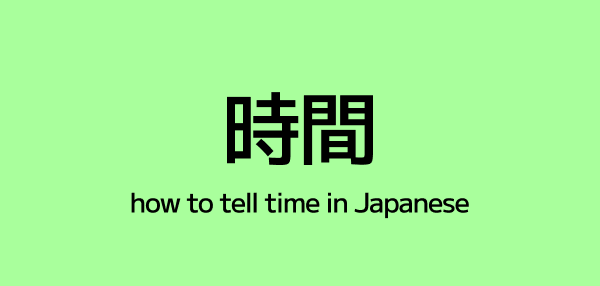 E Rank
E RankHow to Tell Time in Japanese – Hours, Minutes, and Sound Changes
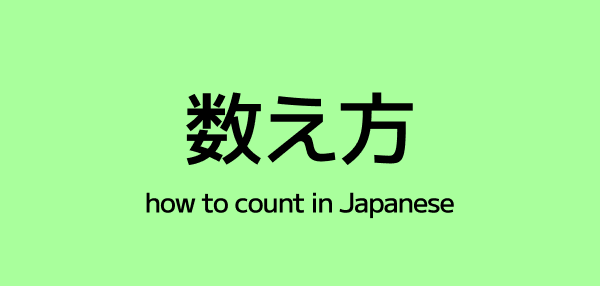 E Rank
E RankCounting Things in Japanese – Numbers, Counters, and How to Use Them
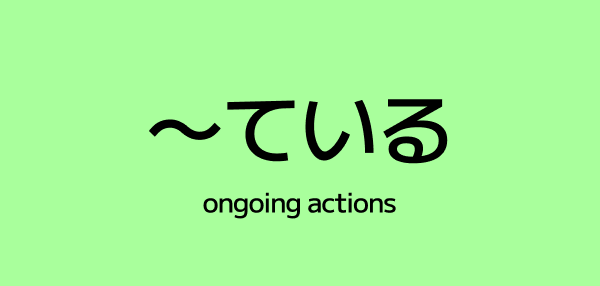 E Rank
E Rank~ている (Describing Ongoing Action or State)
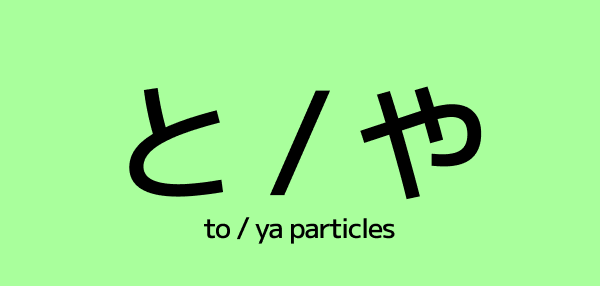 E Rank
E RankThe と / や (to / ya) Particles
The Japanese particles 「と」 and 「や」 both mean “and,” but one lists precisely while the other gives examples. Learn how to use each correctly in conversation and writing.
